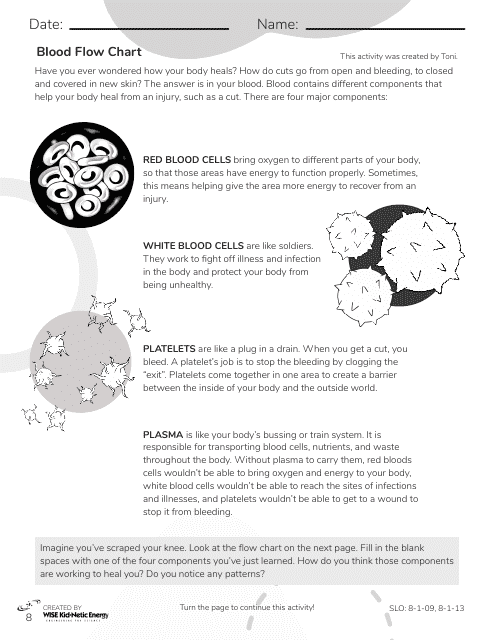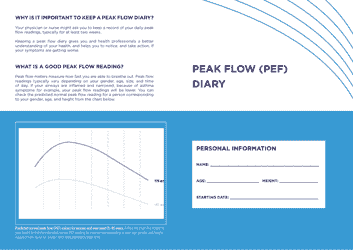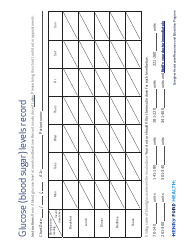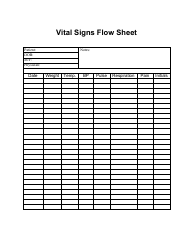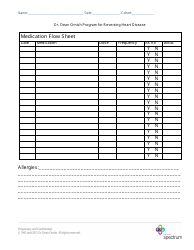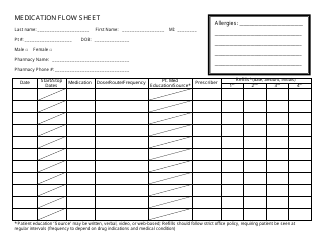Blood Flow Chart
A Blood Flow Chart is used as an illustrative tool to explain and understand the circulation process of blood within the human body. It covers the journey of blood that begins from the heart, passing through various organs, supplying oxygen and nutrients, and then returning back to the heart. It's especially useful for medical practitioners, educators explaining human anatomy, and students studying biology or medicine. The chart typically displays details about arteries, veins, and the two circulatory systems: the systemic circulation (which feeds most of the body) and the pulmonary circulation (which focuses on the oxygen exchange in lungs). It can also help in understanding medical conditions related to the circulatory system, such as heart diseases and blood disorders.
A blood flow chart is typically filed by healthcare or medical professionals. These can include doctors, nurses, healthcare scientists, and professionals working in the field of cardiovascular health. Medical educators or trainers might also file this type of chart to teach students about the circulatory system. Researchers studying the human circulatory system would also make use of such charts. It's important to note that this isn't tied to a specific country like the USA, Canada, India, or Australia; these practices are common in the medical field worldwide.
FAQ
Q: What is a blood flow chart?
A: A blood flow chart is a visual representation used to explain the process of circulation of blood in the human body. It demonstrates how blood flows from the heart to various parts of the body and then back to the heart.
Q: How does blood flow in the human body?
A: In humans, blood flows from the heart into arteries, which divide into capillaries. Oxygen and nutrients are delivered through these capillaries to the tissues of the body. The blood then flows through veins back to the heart, from which it is pumped to the lungs for reoxygenation, and the process restarts.
Q: What does a blood flow chart illustrate?
A: A blood flow chart typically illustrates the pathway of blood from the heart to arteries, capillaries, tissues, veins, and back to the heart as well the lungs. It may also include parts of the body that the blood travels to.
Q: What is the importance of a blood flow chart in medical studies?
A: A blood flow chart is crucial in medical studies as it offers a clear understanding of the circulatory system. It helps in understanding how blood delivers oxygen and nutrients to different cells in the body and how it carries away waste products.
Q: How can I understand a blood flow chart?
A: You can understand a blood flow chart by knowing that it typically starts and ends at the heart. The flow of blood generally moves in one direction – from the heart to the lungs for oxygenation, then back to the heart and out to the rest of the body.
